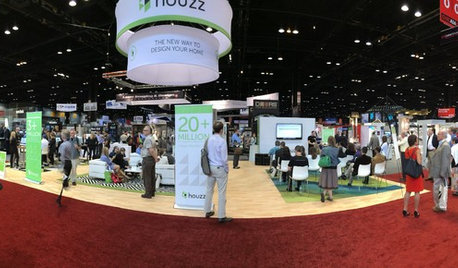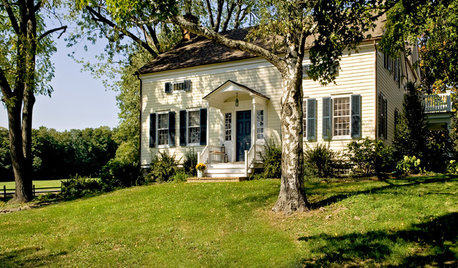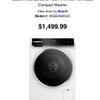American vs. European FL Technology -- Please Help.
ludy-2009
12 years ago
Related Stories

INSIDE HOUZZHouzz and the AIA Partner to Help Residential Architects
Better technology and public outreach are 2 goals of the new strategic partnership, announced at the AIA Convention 2014 in June
Full Story
KITCHEN DESIGNHere's Help for Your Next Appliance Shopping Trip
It may be time to think about your appliances in a new way. These guides can help you set up your kitchen for how you like to cook
Full Story
SELLING YOUR HOUSE10 Low-Cost Tweaks to Help Your Home Sell
Put these inexpensive but invaluable fixes on your to-do list before you put your home on the market
Full Story
DECORATING GUIDES10 Bedroom Design Ideas to Please Him and Her
Blend colors and styles to create a harmonious sanctuary for two, using these examples and tips
Full Story
KITCHEN OF THE WEEKKitchen of the Week: European-Style Cabinets and a Better Flow
A Portland couple open up their ranch kitchen to connect with guests and their garden
Full Story
ARCHITECTURETimeline of American House Styles
Inspired by the Super Bowl commercials, a visual narrative of American home design
Full Story
MOST POPULARHow to Hang the American Flag at Home
We’ll show you how to display the American flag on your house for Memorial Day, the Fourth of July or all year round
Full Story
ARCHITECTURE6 American Takes on Tudor Style
Classic elements and modern twists create plenty of variations on this medieval architectural style
Full Story
TRADITIONAL HOMESHouzz Tour: English Country Home in the American South
This Charlotte, North Carolina, showhouse offers ideas for a fresh, family-friendly take on traditional design
Full Story
DECLUTTERINGDownsizing Help: How to Get Rid of Your Extra Stuff
Sell, consign, donate? We walk you through the options so you can sail through scaling down
Full StorySponsored
Columbus Design-Build, Kitchen & Bath Remodeling, Historic Renovations
More Discussions









izeve
ludy-2009Original Author
Related Professionals
Mount Prospect Kitchen & Bathroom Designers · Schenectady Kitchen & Bathroom Designers · Town 'n' Country Kitchen & Bathroom Designers · Fort Pierce Kitchen & Bathroom Remodelers · Hawthorne Kitchen & Bathroom Remodelers · Palisades Park Cabinets & Cabinetry · Town and Country Custom Closet Designers · Franklin Custom Closet Designers · Dobbs Ferry Custom Closet Designers · Beaufort Flooring Contractors · Damascus Flooring Contractors · Lakeville Flooring Contractors · Pittsburg Flooring Contractors · South Lake Tahoe Flooring Contractors · Suitland Flooring Contractorsitguy08
herring_maven
ludy-2009Original Author
sshrivastava
ludy-2009Original Author
ludy-2009Original Author
ludy-2009Original Author
herring_maven
dadoes
sshrivastava
liriodendron
Cavimum
herring_maven
izeve
herring_maven
sshrivastava